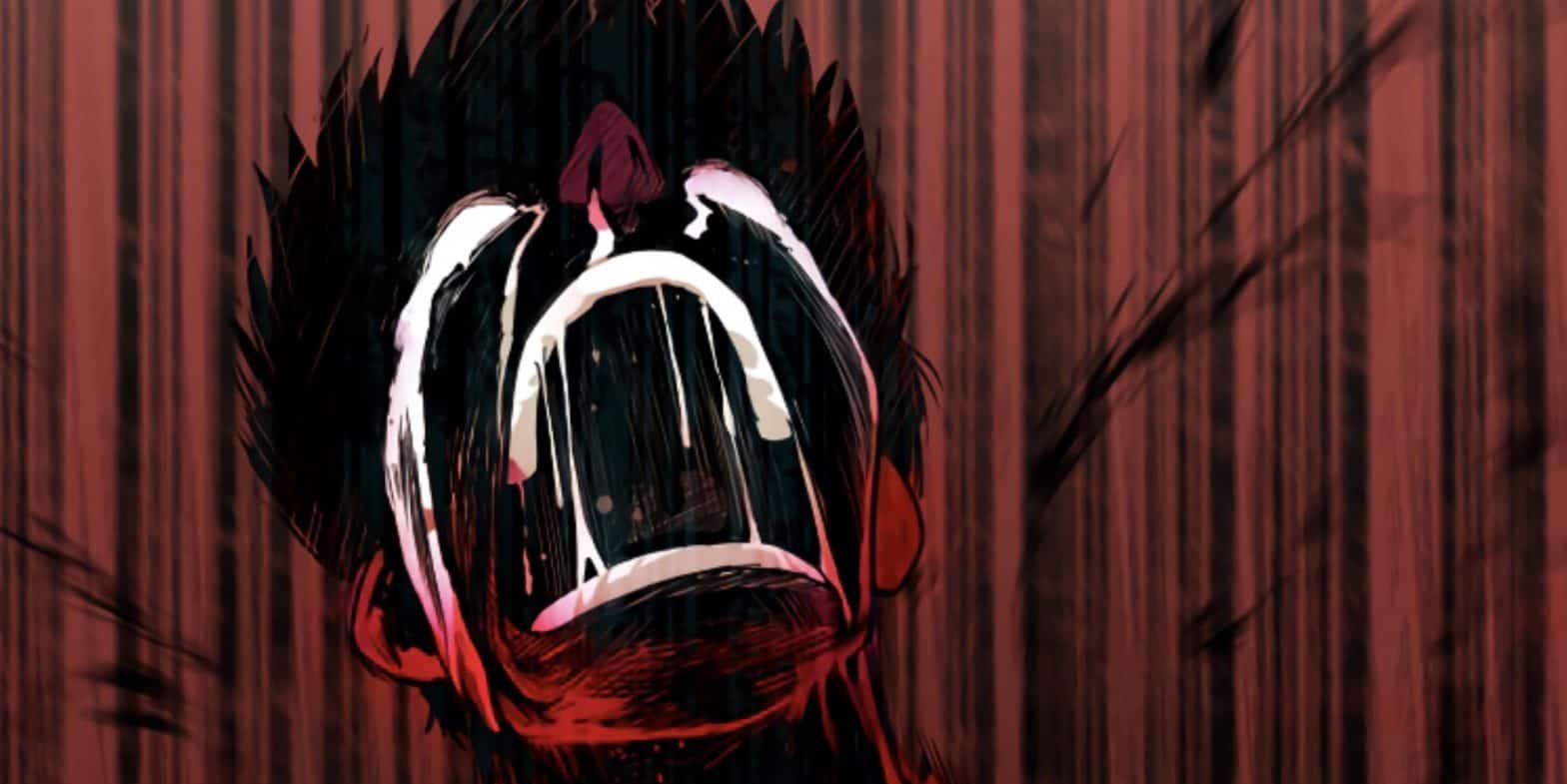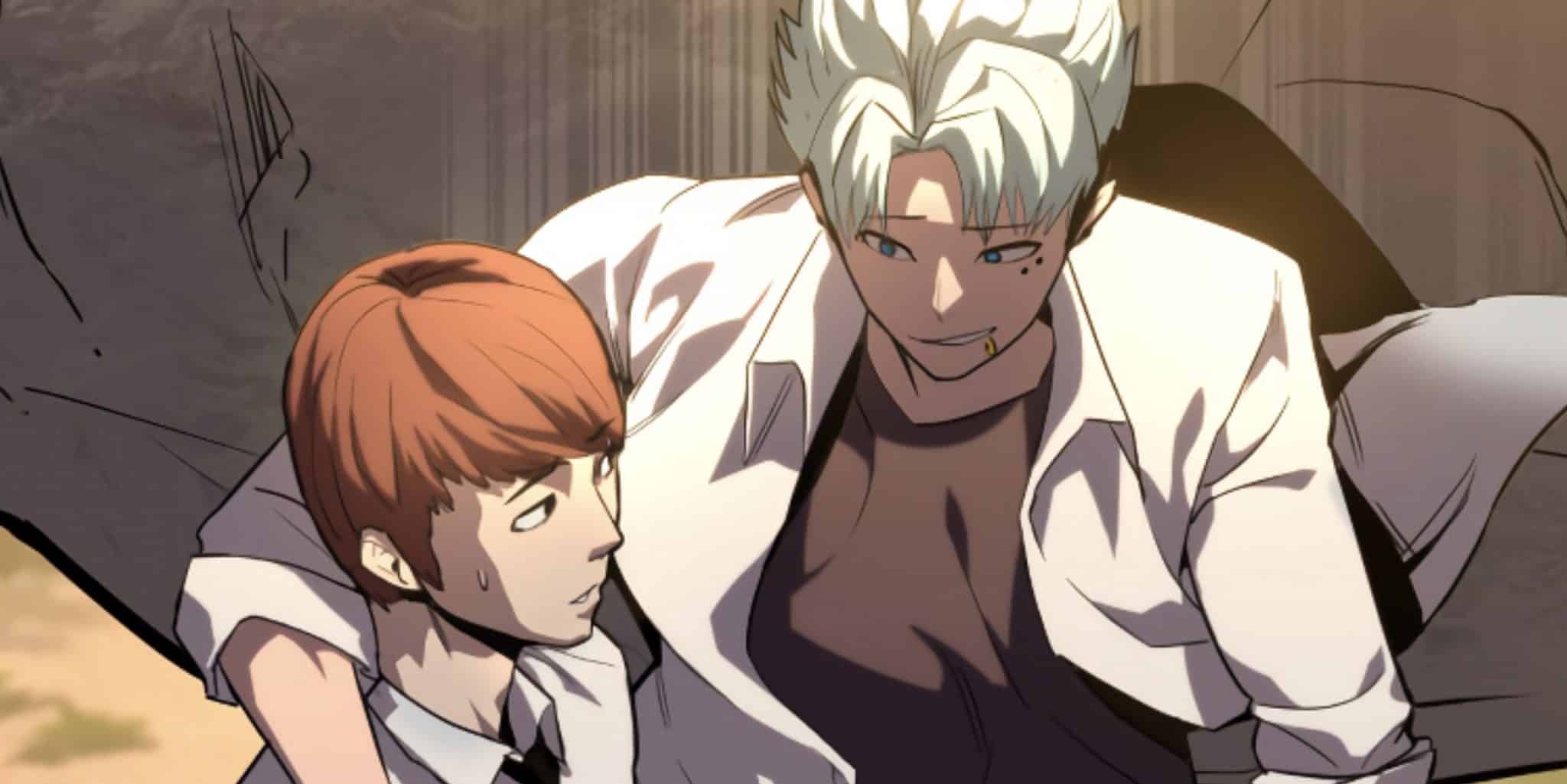Bones Manhwa Chapter 4 takes center stage, inviting readers to delve into a compelling narrative that unravels character motivations, complex relationships, and an engrossing plot. As we delve deeper, we’ll explore the intricate dynamics between characters, uncover the significance of key plot points, and analyze the chapter’s artistic brilliance.
The chapter introduces us to Lee Gichan, the protagonist whose actions and motivations drive the story. We’ll dissect the development of supporting characters, their interactions, and how they shape the overall narrative. The plot summary will provide a detailed account of the events that unfold, highlighting their impact on the characters and the story’s progression.
Character Analysis
The main protagonist of Bones, Lee Gichan, is a complex and compelling character. Driven by a desire for revenge, he embarks on a perilous journey to uncover the truth behind his father’s death and the shadowy organization responsible.
Gichan’s unwavering determination and willingness to go to any lengths to achieve his goals are both admirable and concerning. His relationships with the supporting characters, including his loyal friend Yohan and the enigmatic assassin known only as “Nine,” add depth and nuance to his character.
Lee Gichan
- Motivated by revenge for his father’s death
- Determined and willing to go to any lengths
- Complex and morally ambiguous
Supporting Characters
- Yohan: Gichan’s loyal friend and confidant
- “Nine”: An enigmatic assassin who assists Gichan
- The supporting characters provide depth and nuance to Gichan’s character
Character Interactions and Dynamics
The interactions between Gichan and the supporting characters are complex and dynamic. Gichan’s relationship with Yohan is based on trust and loyalty, while his relationship with “Nine” is more ambiguous and transactional. These relationships shape Gichan’s character and influence his actions throughout the story.
Plot Summary and Analysis: Bones Manhwa Chapter 4

Chapter 4 of Bones continues the intense and thrilling narrative, delving deeper into the mysteries surrounding the Bones organization and its members.
Chapter Summary, Bones manhwa chapter 4
The chapter opens with No Name investigating the apartment of the murdered police officer, where he discovers a cryptic message: “Find the Code.” Determined to unravel the truth, he sets out on a quest to decode the message, aided by Roda.
Meanwhile, Bones, the enigmatic leader of the organization, meets with his subordinates, including the skilled assassin, Shino. They discuss the ongoing investigation into their activities and the need to eliminate any potential threats.
As No Name and Roda delve deeper into the investigation, they uncover a network of secret informants within the police force. This discovery complicates their mission, as they realize the extent of Bones’ influence and reach.
The chapter culminates in a confrontation between No Name and Bones’ henchmen. In a fierce battle, No Name’s true abilities as a skilled fighter are revealed. The outcome of the confrontation remains uncertain, leaving readers on the edge of their seats.
Significance and Impact
Chapter 4 serves as a pivotal point in the narrative, setting the stage for a high-stakes confrontation between No Name and Bones. The discovery of the cryptic message and the revelation of the informants within the police force add layers of complexity to the plot.
The chapter also introduces new characters, including Shino, who plays a significant role in Bones’ operations. The introduction of these characters expands the scope of the narrative and provides a deeper understanding of the organization’s inner workings.
Pacing and Structure
Chapter 4 maintains a fast-paced and engaging narrative, balancing action-packed sequences with moments of tension and suspense. The chapter’s structure is well-paced, allowing for both character development and plot progression.
The use of flashbacks and parallel storylines adds depth to the narrative, providing insights into the characters’ motivations and the complexities of the Bones organization.
Themes and Symbolism

Chapter 4 of “Bones” delves into the complexities of identity, trauma, and the search for redemption. Through the use of powerful imagery and symbolism, the chapter explores the ways in which past experiences shape our present and future selves.
The theme of identity is central to the chapter. The protagonist, Ash, struggles to reconcile his past as a violent criminal with his present desire for redemption. Through flashbacks, we see how Ash’s childhood trauma and the influence of his abusive father shaped his violent tendencies. However, in the present, Ash is haunted by the guilt of his past actions and seeks to make amends.
The chapter also explores the theme of trauma. Ash’s flashbacks are filled with graphic and disturbing images of violence, which serve to highlight the lasting effects of trauma on the human psyche. Through Ash’s experiences, the chapter shows how trauma can warp our perceptions of ourselves and the world around us.
Finally, the chapter touches on the theme of redemption. Despite the horrors of his past, Ash is determined to find redemption. He seeks out the help of a therapist and works to make amends for his past actions. The chapter suggests that redemption is possible, even for those who have committed heinous crimes.
The use of symbolism and imagery in the chapter is particularly effective in conveying these themes. For example, the image of the “bones” in the chapter’s title represents the physical and emotional scars of Ash’s past. The bones are a constant reminder of his trauma and the guilt he carries.
Another powerful symbol in the chapter is the color red. Red is often associated with violence and blood, and it is used throughout the chapter to symbolize Ash’s violent past. In one particularly striking scene, Ash is shown standing in a pool of blood, surrounded by the bodies of his victims. This image is a powerful representation of the guilt and shame that Ash feels over his past actions.
Overall, Chapter 4 of “Bones” is a powerful and thought-provoking exploration of the themes of identity, trauma, and redemption. Through the use of vivid imagery and symbolism, the chapter forces us to confront the darkest aspects of human nature and the possibility of redemption.
Visuals and Style

The art style in Chapter 4 is characterized by its bold and dynamic lines, creating a sense of movement and energy. The panel composition is carefully crafted to guide the reader’s eye through the story, often using large panels to emphasize key moments or close-ups to focus on characters’ emotions.
Use of Color and Lighting
The use of color and lighting in Chapter 4 is particularly effective in creating atmosphere. The vibrant colors and high contrast create a sense of urgency and excitement, while the use of shadows and darkness adds depth and mystery to the scenes. The lighting is often used to highlight key characters or objects, drawing the reader’s attention to the most important elements of the story.
Visuals and Storytelling
The visuals in Chapter 4 play a crucial role in enhancing the storytelling. The dynamic art style and panel composition create a sense of immersion, drawing the reader into the story and making them feel like they are part of the action. The use of color and lighting adds to the emotional impact of the story, creating a sense of suspense, tension, and excitement.
Closing Summary

In conclusion, Bones Manhwa Chapter 4 delivers a captivating blend of character analysis, plot development, and visual storytelling. Through its exploration of themes, use of symbolism, and stunning visuals, the chapter contributes significantly to the overall message of the manhwa. Readers are left eagerly anticipating the continuation of this enthralling tale.
Top FAQs
What is the central theme explored in Chapter 4?
The chapter delves into themes of identity, loyalty, and the consequences of one’s actions.
How does the art style contribute to the chapter’s impact?
The detailed artwork and expressive character designs enhance the emotional depth and intensity of the story.